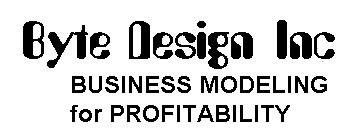|
| |    
    

A harvest region with more than 300 stands of timber, 3 external
sales destinations and 12 internal mills was modeled. The mills
were modeled by a return-to-log computation for each of the 15 log
types modeled, producing a re-allocation of the timber destinations
for 6% of the timber, and increasing profits by 2% of gross revenue.
Key Benefits
 | Timber is allocated to the highest bidder, net of freight and other
quantifiable expenses. |
 | Timber is shipped ONLY to locations which can use it -- no trans-shipping
is required to cover errors |
 | Expenses are reduced. |
 | Stands are harvested most efficiently. |
 | Shortfalls are specifically identified so that spot purchases can be
planned ahead of time to fill the gaps, or additional harvesting scheduled. |
Return on Investment
The model was limited (by freight availability) to increasing ton-miles by
no more than 5%. Within that constraint, 9% of the logs were shifted
from their default destinations, with a gain of 3% in revenue for the
harvest (net of added freight expense).

|
